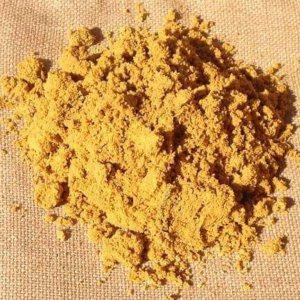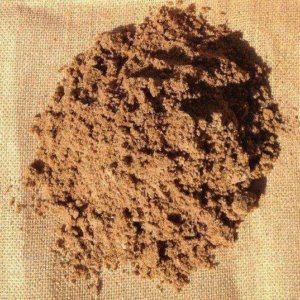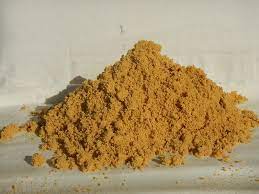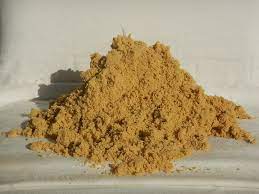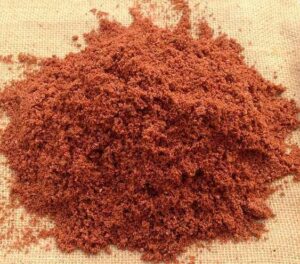Monday – Saturday 9:00am – 4:00pm
Sunday & Public Holidays 9:00am – 3:00pm
Public Holiday Opening Hours May Vary
Monday – Saturday 9:00am – 4:00pm
Sunday & Public Holidays 9:00am – 3:00pm
Public Holiday Opening Hours May Vary
Next time you are frustrated by sand in your shoe, think about the journey sand has to go through to come into contact between your toes. Each grain of sand was once a larger chunk of different matter broken down again and again, and again!
Sand is broken down rocks and minerals. They become smaller and smaller specks from being battered by rain, wind and waves over time, even millions of years. Inland rocks begin their journey slowly traveling down rivers and streams, breaking off into smaller pieces along the way. Once they make it to the end of a river and into the ocean, the constant friction of waves and tides makes them smaller and smaller, forming into what we know as sand.
When might you need sand in your outdoor space?
This yellow sand is finely screened, and thanks to its high clay content, it’s ideal to be made into the mortar for brick and blockwork. Just add cement and lime, and you have your perfect brickies sand mortar.
Quartz sand is used primarily in the making of glass, ceramics, abrasive on sandpaper and for the molds in metal castings. You may hear it called silica sand, and it takes an incredibly long time to break down from quartz rock form.
The most common use of sand in landscaping is between pavers to provide the correct levelling. The space in between each paver filled with sand prevents shifting or breaking, ultimately resulting in a more stable walkway. We have the perfect product for this, paving sand!
If you are looking for the perfect sand, pick up some plasterers sand. Use this material as your aggregate in plaster, cement, render and gravel mix. When it’s not used as an ingredient in your mix, use plasterers sand to set pavers, fill holes or low areas of your lawn.
River sand is nice and coarse, perfect for many jobs around the house. Pop it in your sandbox, potting mix, as a base in horse arenas or in render too! River sand is often used as a base for paving, thanks to limiting salt bleeding through the pavers.
Do you need your kid’s backyard sandpit filled? A few bags of our white washed sand will do the trick. You will see white washed sand used primarily in sandpits and playgrounds or swept in between new freshly laid pavers or as the aggregate in masonry grout and mortar.
Showing all 6 results
